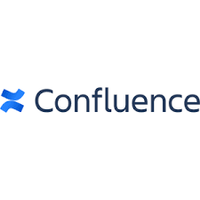Sponsor Content Created With Confluence
5 essential features your next team workspace solution should have
Find out how you can maximize your team's productivity

In today’s digitalized, fast-paced work settings, most enterprises need collaboration software to maintain a smooth workflow. Projects can get complicated and require collaboration from multiple departments in your organization. In that case, a workspace solution helps keep everyone on the same page so that they can execute the project seamlessly.
But how do I choose the best workspace collaboration solution? What features should I look for when shopping for a workspace solution? This guide will answer these questions. Read on to learn the 5 essential features your next team workspace solution should have.
Confluence free trial offer for up to 10 users
Confluence is a connected workspace that empowers organizations to create, organize, find, and share information. Built for all team types, Confluence is an essential tool that helps take productivity and project collaboration to the next level. Confluence makes it easy to collect feedback, edit work, and integrate key apps like Slack, Dropbox, Figma, and more. Get started today and see how Confluence is one of the best solutions for all teams to create, collaborate, and connect.
1. File sharing and storage
Every company needs a common space to keep and share files. In the pre-digital world, this would have been a physical shelf, but technology has made things much easier. Employees can upload files into a digital space and retrieve them when required. An ideal workspace solution should have this feature to enable employees to access crucial information without hassles.
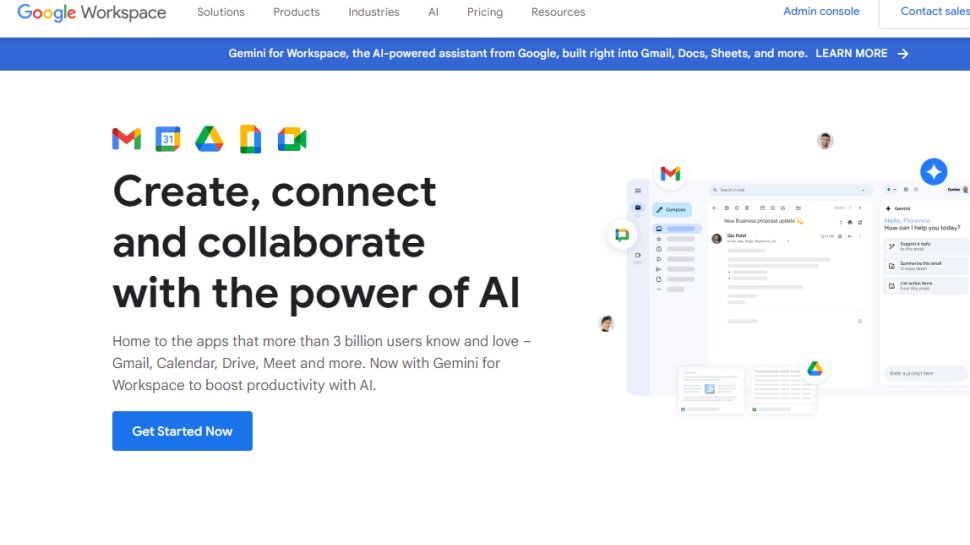
For example, Google Workspace includes Google Drive, which lets organizations store, sort, and share massive volumes of files. You can keep as many files as allowed within your storage limit. To prevent unauthorized access, admins can secure files with passwords and control what colleagues can do to a file (view, comment, or edit). With its hierarchical structure, Google Drive lets enterprises organize files in a way that’s easy for any employee to find.
File-sharing tools eliminate the slow and constrained process of sharing information via email. They let you share documents, videos, photos, audio, and any other file type regardless of size, unlike email platforms that often have strict size limits.
2. Real-time communication
An ideal workspace solution should let employees communicate via live chat, video, and audio in real time. Real-time communication encourages quick decision-making and problem-solving among employees. This benefit is more pronounced in remote workforces with colleagues spread across the globe. Despite the long physical distances, workplace solutions transcend this distance and let employees communicate like they’re in the same physical building.
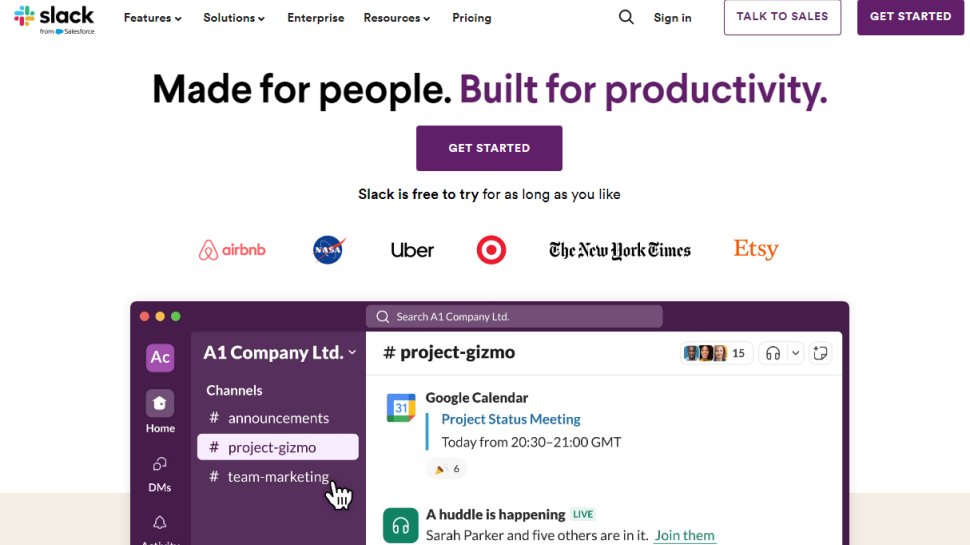
Slack and Microsoft Teams are two popular tools for real-time communication. Slack lets employees message each other instantly, with notifications on desktops or smartphones. Employees can participate in group chats and hold threaded conversations that are easy to follow. Slack is famous for its intuitive interface, extensive customizability, and integration with numerous third-party apps.
Sign up to the TechRadar Pro newsletter to get all the top news, opinion, features and guidance your business needs to succeed!
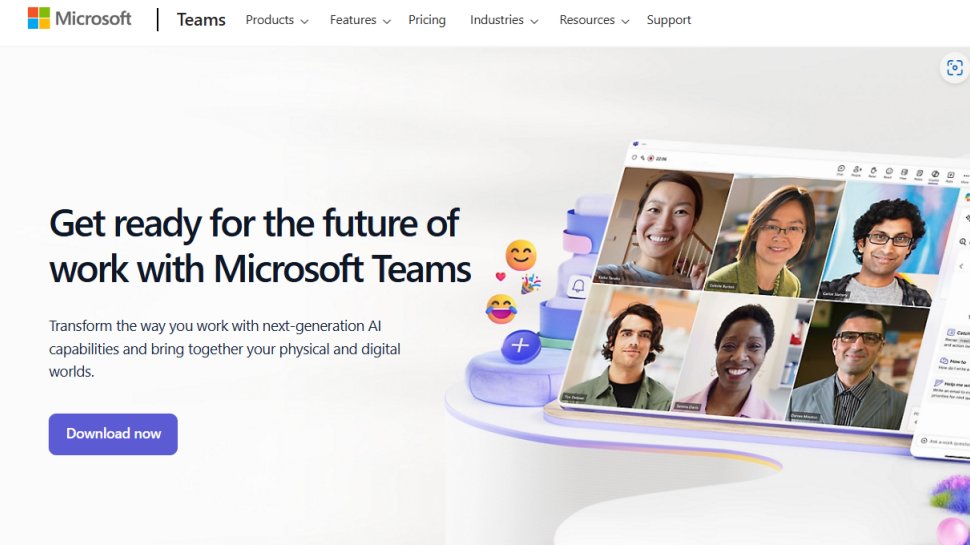
Microsoft Teams offers similar features to Slack. It provides a free video-conferencing tool, enabling employees to host long video and audio calls with colleagues or clients. It also supports live chat for seamless communication.
3. Digital whiteboards
A physical whiteboard is a common fixture in many offices. Colleagues use these whiteboards to brainstorm and formulate plans for corporate projects. An ideal workspace solution should provide a digital version of this whiteboard, enabling employees to brainstorm and collaborate regardless of physical distances.
Digital whiteboards enable multi-media collaboration. On the same whiteboard, one colleague can create a chart, another can create a table, and another can build a flowchart. Digital whiteboards offer more flexibility than physical whiteboards, as multiple employees can work on the same whiteboard simultaneously and create graphical representations that would be impossible on physical whiteboards.
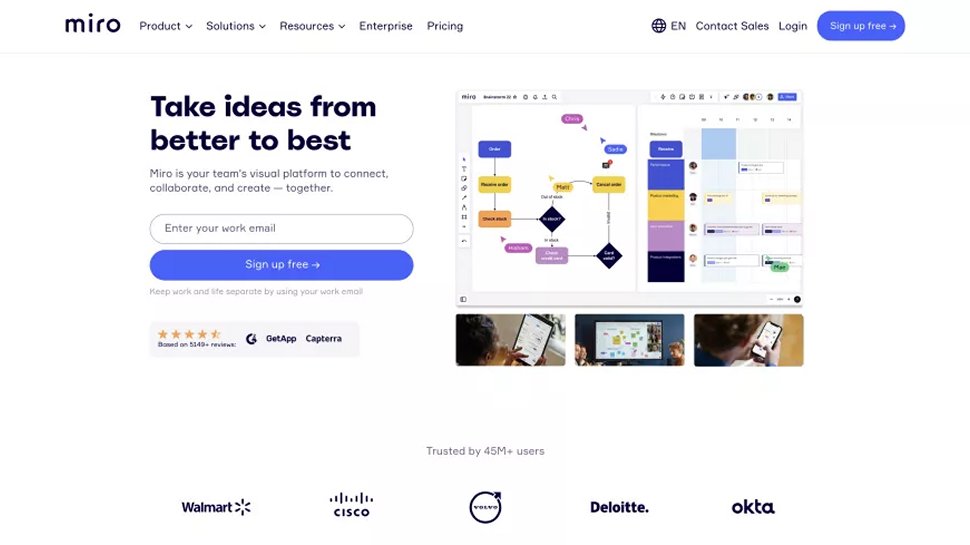
Miro is a good example of a digital whiteboard solution that millions of companies use. It provides a collaborative space to add many types of content, ranging from tables to diagrams, charts, timelines, and sticky notes. With artificial intelligence (AI), Miro lets you convert whiteboard product ideas into interactive prototypes within minutes.
4. Task/project management
Project management is crucial to every organization’s success. Your company needs standard processes to plan and execute projects, with each employee knowing their role and deadlines. An ideal workspace solution should provide features for tracking and managing tasks.
Managers should be able to create tasks and assign them to specific teams or individuals. They should also be able to set deadlines and send reminders when they are near. Your workspace solution should let employees track the deadlines and progress of each task. This way, everyone knows what they’re meant to do and the required time.
For example, Google Workspace includes a task management tool named Google Tasks. Admins can create tasks (and subtasks) using this tool and assign them to specific teams or employees. Assignees can get automatic email reminders to complete their tasks. If you need more sophisticated task management features, you can try Smartsheet and Trello.
5. Third-party integration
No workspace solution will provide all your desired features. Hence, it’s crucial for workspace collaboration platforms to have extensive third-party integrations. These integrations offer extra functionalities that help boost productivity.
For example, Google Workspace provides a vast suite of third-party integrations. You can connect to external apps for task management, secure file storage, real-time communication, file conversion, form management, and electronic signatures. An external integration should compensate if your workspace tool doesn’t provide a desired feature.
Benefits of workspace management software
1. It fosters collaboration
Workspace management tools provide collaborative features, encouraging colleagues to work together to achieve organizational goals. When employees can engage in instant one-on-one or group discussions, it’s easier to brainstorm ideas, execute projects, and learn from each other.
This benefit is magnified with remote workforces where collaboration is paramount despite geographical distances and timezone differences. Remote employees don’t need to hold on-premise meetings, as workspace platforms enable real-time video and audio-conferencing.
2. Cost efficiency
Workspace tools help your business achieve more results with fewer expenses. For example, renting large offices in prime areas is unnecessary if you can run a remote workforce with workspace tools like Slack and Google Workspace. You can rent a smaller office to reduce overhead costs and increase profit.
3. Improved employee satisfaction
The global share of remote workforces rose from 20% in 2020 to 28% in 2023, and many workers report improved job satisfaction when they work remotely. Workspace tools enable you to manage a remote workforce and improve employee satisfaction. With a well-managed workspace, employees find it easier to communicate, access resources for their tasks, and manage their time wisely.
Stefan has always been a lover of tech. He graduated with an MSc in geological engineering but soon discovered he had a knack for writing instead. So he decided to combine his newfound and life-long passions to become a technology writer. As a freelance content writer, Stefan can break down complex technological topics, making them easily digestible for the lay audience.
